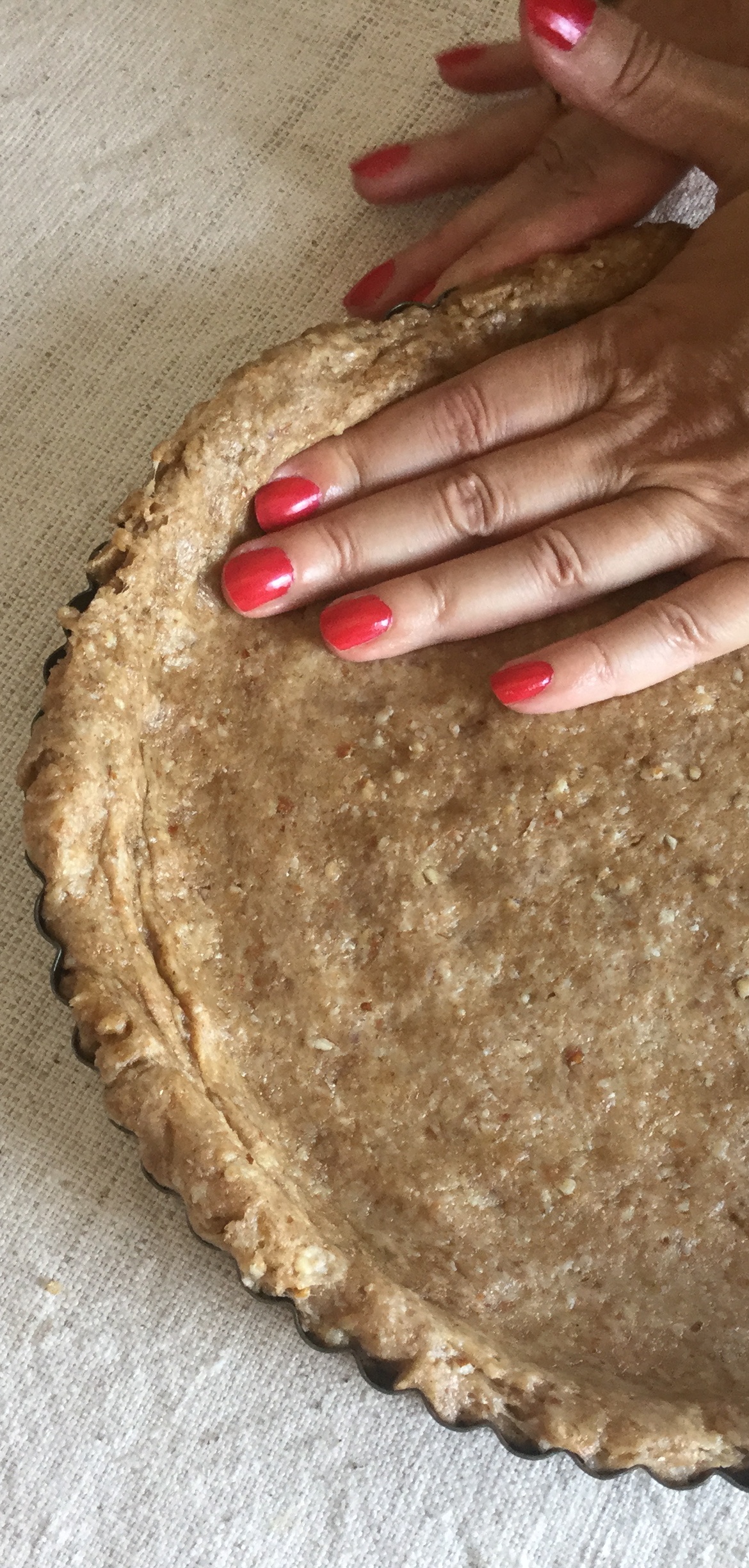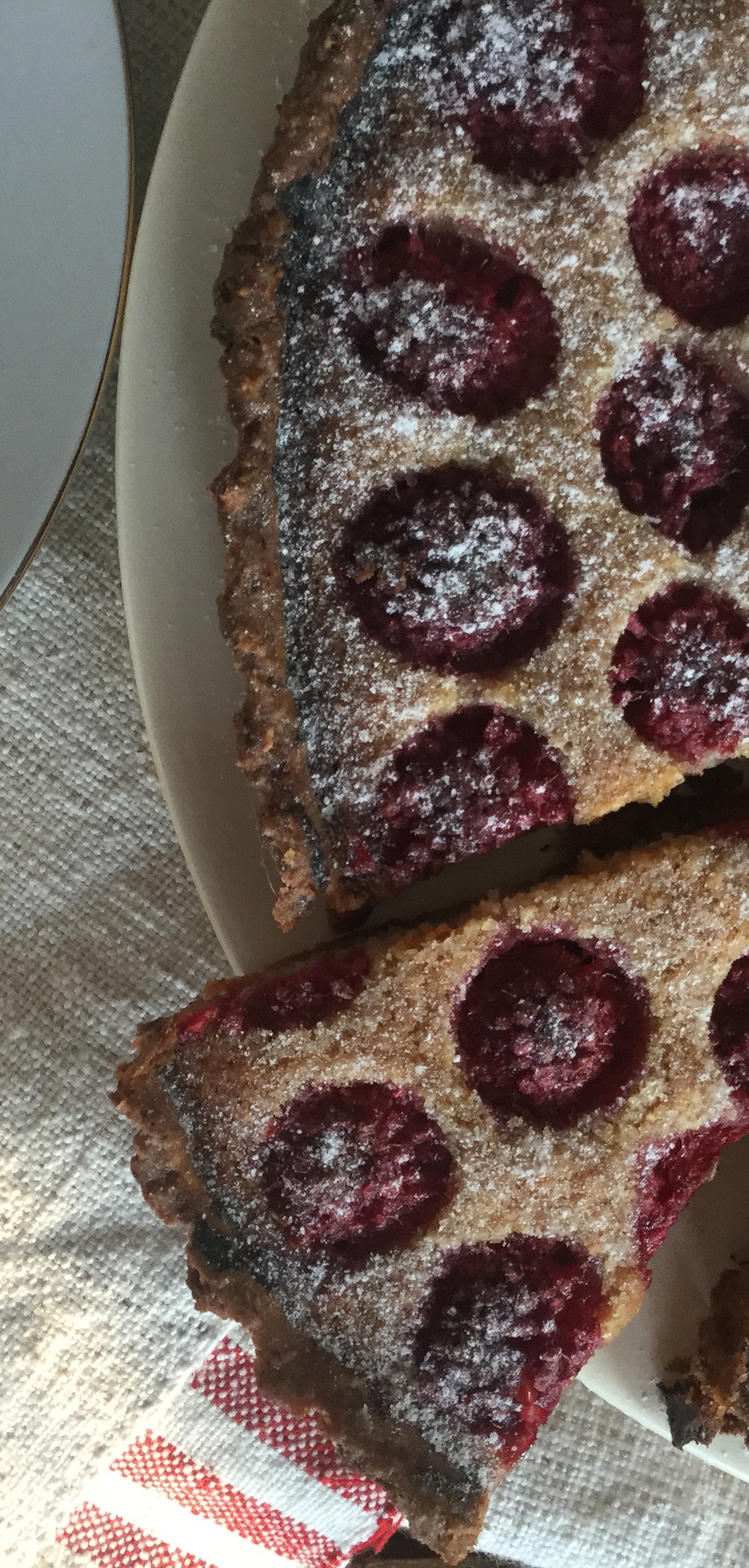
Before porchetta became a food craze served out of food trucks it was a regional dish made by farmers “nose to tail” style, all parts of the pig being used. A few years ago I was fortunate enough to attend a salumi course in Italy and watch master “norcini” butcher pigs so elegantly I can only describe it as balletic. Here Franco Taruschio describes in his divine “Leaves from the Walnut Tree” book to take us back to what was.
“Porchetta is the diminutive of porco, meaning pig. A porchetta is a pig which is halfway between a full grown pig and a suckling pig. In the area around Macerata on the east coast of central Italy, where this dish comes from, you can buy porchetta in every village and town. It is made for robust people, not weight watchers! The aroma of the garlic and herbs as the hot crackling pig is put on the wooden tables in the butcher’s shops is very tempting. Generally porchetta is eaten with unsalted bread. The farmers still keep their outside ovens to cook their porchettas in on special feast days. they stuff them with a certain type of wild fennel, the provenenance of which is a feverishly guarded secret.”
Franco’s recipe is for a whole small pig and his stuffing involves the loin and also the liver – a variation I would like to try. My recipe involves plenty of garlic and aromatics and generally yields that all important crispy crackling. I cannot stress enough that the porchetta will only taste great if you buy the best meat possible no matter what fancypants herbs and garlic overload you use. I use Marius in Obor or Andu Macelarie and dream of a Mangalita version from my friend Andras’ “Carne de Vanat”. Ask for “piept de porc degresat cu muschi cu sorici”. I generally do not bother making a small porchetta but am pretty sure this would work well for a smaller piece of pork , a pork roast at home.
Ingredients
1 pork loin with enough pork belly left on to ensure a good roll and enough fat – this will be between 12-16kgs in my experience and serve up theory (after shrinkage in cooking) some 40 slices…except it is very very moreish.
2-3 oranges sliced into discs (skin removed)
a generous handful of fresh thyme (leaves removed from the stalks)
a generous handful of fresh rosemary (leaves removed from the stalks)
a handful of fennel seeds, unless you have wild fennel fronds in which case use
4 heads of garlic – pureed
salt and pepper
Butcher’s string
How To
Make the puree. Sometimes if I remember I add some orange zest from the oranges too. Massage it into the meat.
Sprinkle herbs and aromatics liberally over and season with salt and pepper
Place the oranges in a line down the middle (here I would add chopped liver too if using)
Roll up and tie with butchers string. Helps to have a friend around especially if you are small.
Roast at 240C for 1 hour and then 180C for 3 hours
How to eat
The meat is best eaten warm, when rested an hour or so after being cooked, but it also re-heats very well too.
With food this good any messing around simply misses the point. What is needed is good bread and a refreshing beer. Sauces are allowed tho (think harissa, chutney and even mayo). I quite like the sound of the gremolata mentioned in this Saveur article http://www.saveur.com/article/Recipes/Porchetta-Sandwich






